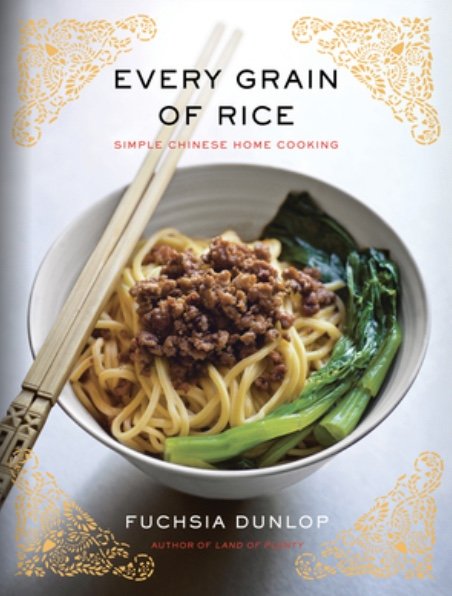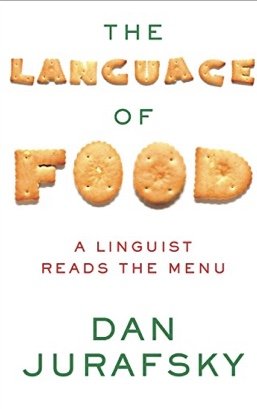Communion: A Culinary Journey Through Vietnam by Kim Fay (ThingsAsian Press)
Sometimes I think American women travel to discover the taste of good food and to rediscover "The Art of Eating," as M.F.K. Fisher termed it in her classic volume of travel, cookery, and enjoyment. When I first discovered that book, I carried it with me and read it every chance I got--waiting at doctors' offices, at soccer practices, at traffic lights. A friend saw me with it and asked, "Doesn't that title frighten you?"
She was a woman who was substantially overweight; I was a woman who was constantly on a diet, but M.F.K. gave me an inkling of what food and eating could be. I didn't discover that art until I went to Thailand where eating was an act of pleasure, not one of guilt, shame,and fear.
Although I am sure that Kim Fay's relationship with food was much less troubled than mine, it is quite clear from her book that she discovered how much immense pleasure comes from good food that is freshly prepared and eaten in the company of friends during her four years of living in Vietnam.
Missing this dimension to her daily life when she went back home to the states, Kim returns to Vietnam with her photographer-sister to explore that country's food--its history, its preparation, its flavors, from Hanoi to Ho Chi Minh City. The result is a wonderful mixture of travel memoir, food literature, and cultural history, served up with a generous helping of humor and a number of tantalizing recipes.
Kim and her sister Julie are joined by Kim's friend Huong, a fashionable and opinionated woman with a stunningly healthy appetite and a talent for finding the best places to fulfill her ravenous desire for good food. The three of them roam through cooking classes and restaurants, from Vietnam's finest hotels to roadside stands, learning to cook regional classics while enjoying other dishes that they soon want to learn to cook.
Talking to chefs and organic farmers, connoisseurs of fish sauce and women who learned the importance of food through experiencing past famine, Kim Fay is adept at illuminating a country through the food that it prepares. Her love for Vietnam is obvious and her skill at describing who she meets, what she sees, and what she tastes as she travels from one end of the country to another makes her readers love it as well.
Through her eyes, Vietnam is revealed in all of its colors and flavors and textures. from "the opal blue" of its tropical twilight to "the sweet seep of sugar cane' that infuses the taste of ground pork, from the colonial splendor of the hillside retreat of Dalat to a cozy household kitchen with its "dented pots, daggerlike knives, and faded plastic spice containers", from world-famous chef Didier Corlou to the "Julia Child of Vietnam."
Although she generously provides clear instructions on how to prepare claypot fish, banana flower salad and fresh spring rolls, along with lesser-known dishes, Kim Fay has written far more than the usual food memoir. She has infused the art of eating in Vietnam with its history, its culture, and more than a few damned good stories. Read her book, laugh, and then book your own culinary odyssey to Vietnam, with your copy of Communion tucked securely into your suitcase. Bon appetit! ~by Janet Brown
Available at ThingsAsian Books







